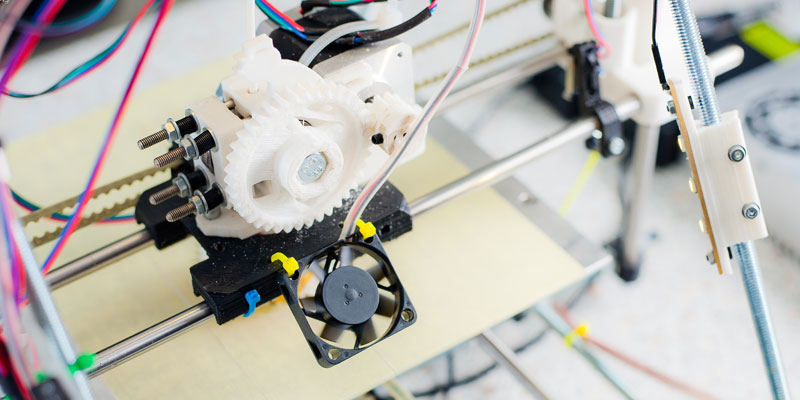Loh Hu is a Singaporean who came to London to take up study for an M.Sc. in Business Innovation at Birkbeck College. She first got her hands on a 3D printer during her course and she hasn’t stopped printing and learning ever since. Upon graduation, she was awarded an endorsement by the university as a Graduate Entrepreneur to set up her company in the UK, so she established Maker’s Affair, which offers 3D printing services as well as 1-to-1 hands on 3D printing workshops for complete beginners.

“…3D printing technology is gaining its momentum to unleash the next disruptive wave of innovation…”
Before you came to London, you had a nursing career in Singapore. What made you decide to give this up and study business innovation?
Hmmm… It’s kind of cheesy to say this but really, even if I could turn back time, I wouldn’t change a thing. Spending four years in an undergraduate course that I apparently didn’t make a career out of seems like a huge waste of time. But in retrospect, I think our career paths are never set in stone and are not defined by the undergraduate courses we choose after A-level.
In fact, I think college was a good time to figure out what I wanted or didn’t want in life, especially when the nursing course put me in touch with the harsh reality of life on a daily basis. Carpe diem!
I left my job as a research nurse and started a company selling sports equipment, as well as offering T-shirt printing services. It was a leap of faith and I’m lucky that the experience was a reassuring and positive one.
Meanwhile, there were some changes going on in my spouse’s life too. He got accepted for a PhD course at Imperial College London and it was a great opportunity not to be missed. After much consideration, I decided to join him in London and enrolled myself into a business innovation course.
I felt that some formal knowledge on business innovation may help me re-look at how I ran my company and re-think how I can improve. At the same time, I was also looking for opportunities to start a business in the UK.
Congratulations on creating Maker’s Affair. It sounds like a really exciting concept. Please could you tell us a bit more about it and what gave you the idea?
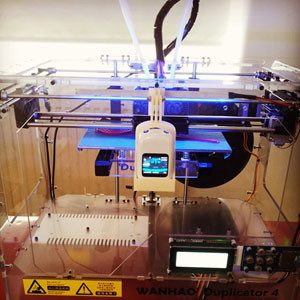
There was a lot of trial and error too and that is how I learn the best – learning by doing it. I figured anyone who wants to get started on 3D printing would face similar obstacles and not know where to begin.
The 100% hands-on learning approach that Maker’s Affair workshop offers will help complete beginners overcome the initial learning curve of 3D printing. During the workshop session, each person will have full access to a 3D printer, a personal computer, a 3D printing pen and a rainbow range of coloured filaments to himself / herself.
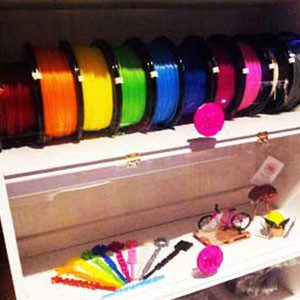
Most of the people attending my workshop now are adults, although the current workshop that I am running now is suitable for anyone above the age of 10 years. (I’m preparing a 3D printing summer school for the upcoming holidays.)
Please can you give us a brief overview of how 3D printing works?
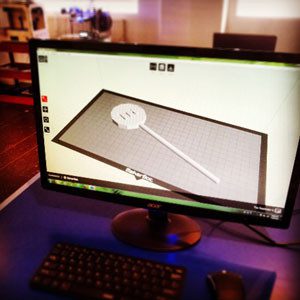
First there is the granular materials binding technology that adheres particles of powder together to form an object.
Second, an object can be built by using light to solidify liquid – photopolymerization.
And at Maker’s Affair, I use the fused filament fabrication technology where a computer-controlled print head nozzle extrudes semi-liquid material which will then harden immediately and fuse with the layer below until the object is built completely.
So you could call it another ‘disruptive’ technology like the Internet?
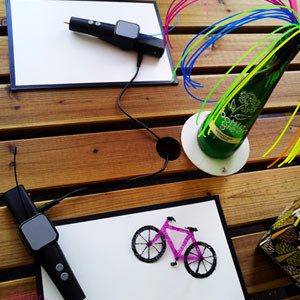
This led to a rapid democratisation of FDM technology, giving the general public more accessibility to the commercial form of 3D printers. And this is where I would imagine 3D printing technology is gaining its momentum to unleash the next disruptive wave of innovation.
How has it evolved over time?
A few years ago, not many people were aware of 3D printing technology. However, as patents expire and competition rises, certain types of 3D printers have now become a lot more affordable for individuals and organisations. Today, 3D printing is already a household term we cannot ignore.
What sort of applications can it be used for at the moment?
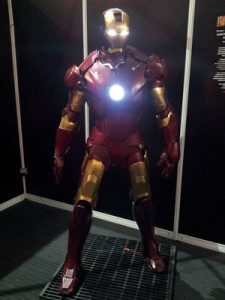
3D printing is also pushing the boundaries in medicine. We have seen custom-made prosthetic limbs used in hospitals and now it’s moving towards biofabrication. Later this year, an international Masters course on 3D bio-printing human body parts will be opened to applicants.
The list of applications is endless, from jewellery making and customising guitars to larger projects such as house building.
In 2013 President Obama highlighted that it was something that could create new high-tech jobs in the US and change the face of manufacturing. It means more price competitive manufacturing can take place in domestic markets, but it could also revolutionise the developing world. What does it have the potential to do?
Yes, it has the potential to change the face of manufacturing. Perhaps in the future, items can be purchased on a “print-on-demand” basis, so the cost of storage and transportation can be lowered to a point where it is economically justifiable for the item to be manufactured locally. In essence, 3D printing helps to decentralise the power to create.
Will we all end up with 3D printers in our homes?
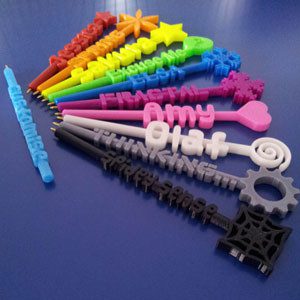
It may even become a norm for furniture vendors to supply customers with the digital file for each modular part. So if any part is broken, the customer can download the digital file and print it at home / at printing service centres. This will cut wastage as the customer no longer have to throw the entire piece of furniture away and buy a new one.
What are the advantages of being based in London rather than another location?

What are your future plans for Maker’s Affair?
I am currently doing 3D printing workshops and offering design and printing services. It’s kind of going everywhere now and I can’t tell for sure where exactly the focus of Maker’s Affair will be in the future, but what I know for sure is that I always want to provide the best quality that I can possibly do for my customers. So that’s my compass to guide the future direction of Maker’s Affair.
http://www.makersaffair.co.uk/
https://twitter.com/makersaffair

